The vineyards in Burgundy are a giant puzzle of plots, terroirs and appellations.
This patchwork creates tremendous complexity that I think no one fully comprehends. We try, but our continual learning is also part of the charm of the region.
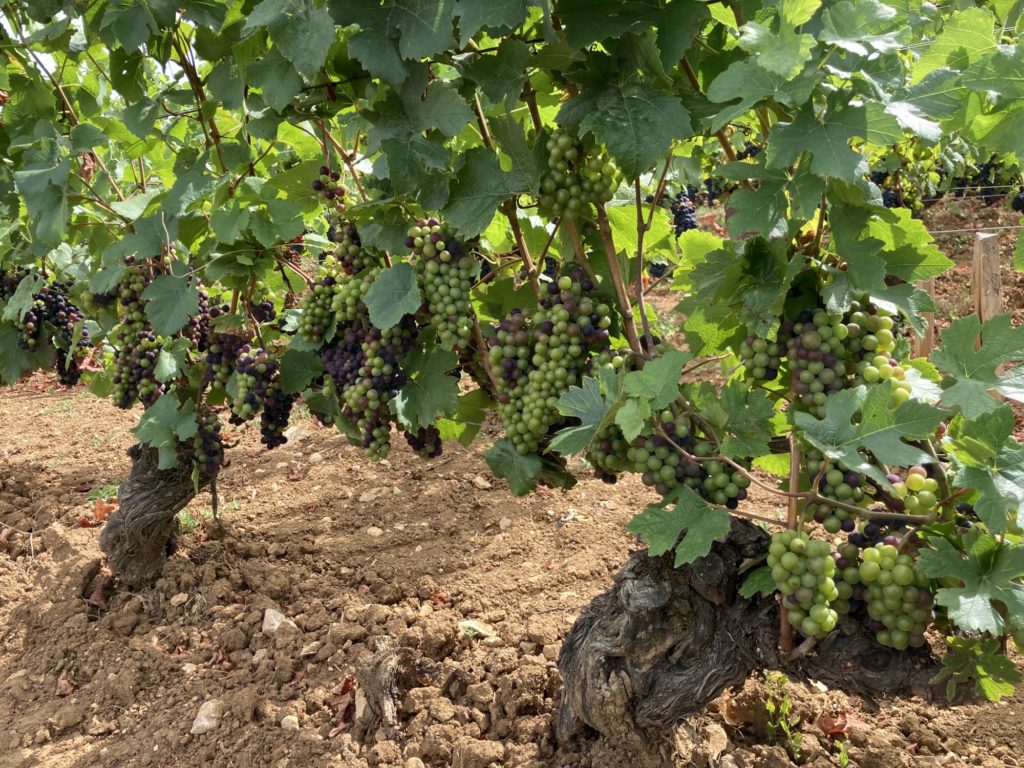
One of the issues in 2020 was “brûlage” – the sun burning the grapes, principally on the side exposed to the afternoon sun. In the worst cases, the heat created can even affect the berries on the shaded side of the vine; they are not technically burned, only “dried.”
Another 2020 issue was phenolic ripening being blocked in areas with a lack of water, meaning apparently healthy berries had unripe phenols even late in the growing season and into the harvest period.
It is obvious that the angle of the sun is crucial for brûlage, but the drying of vines and parcels in general is at least partly determined by their overall exposure to the sun.
Looking at the vineyards, this could appear simple. But in reality it is quite complex.
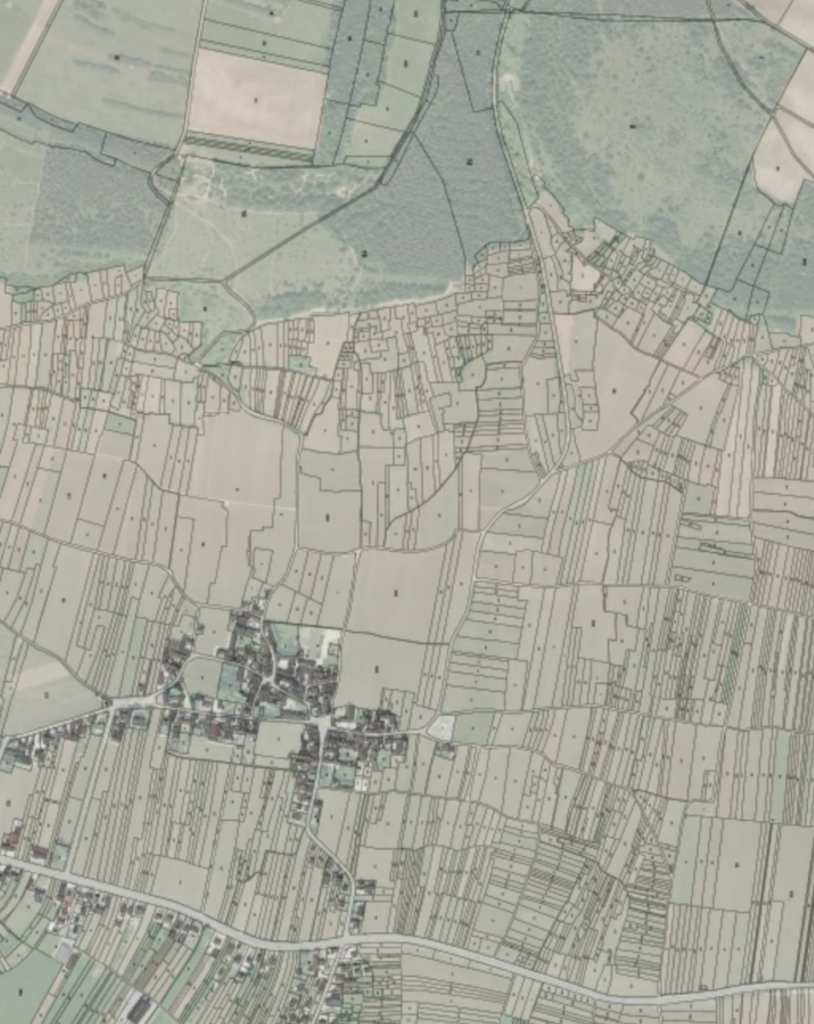
Canopy managment
It is important to note that canopy management allows a vigneron to arrange the vegetation optimally to promote maturity, to reduce humidity in wet years, and to protect from brûlage in hot vintages. This is a very complex process, and some growers do a huge amount of work to this end, starting with pruning and working into the finer details of canopy management.
The angle of the sun
Exploring Burgundy’s vineyards shows that most are planted with the rows running west-east (from top to bottom of the slope). Hence the strongest sun exposure comes on the southern side of the vines in the afternoon.
There are vineyards that are oriented north-south, and this can be, at least in theory, an advantage in years with strong sun exposure.
The rows’ orientation is a big jigsaw puzzle created over many decades starting post-phylloxera, when many of the vineyards were replanted.
Changing the orientation is next to impossible in most vineyards, as this would require agreement among all growers, a decision to pull out all the vines at the same time, and a wait of 20-30 years before having optimal grapes again!
This is not going to happen. But we do have some examples of vines that for historic or practical reasons have been planted north-south, permitting us to make some comparisons.
The most prominent example of different orientations is the Romanée-Conti vineyard of the eponymous domaine, and La Romanée of Domaine du Comte Liger-Belair (see the photo below). La Romanée (left) is planted north-south while, Romanée-Conti (right) is planted in the more traditional west-east.
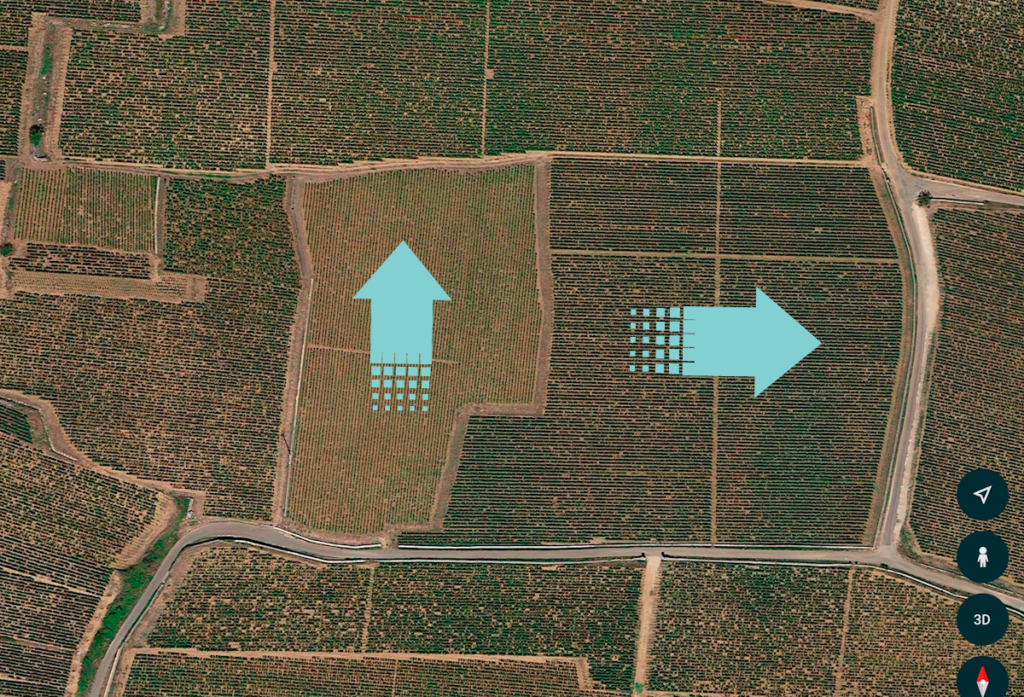
Furthermore, the northern end of Richebourg – the Gros and Meo-Camuzet parcels, the Frantin plot, and the northern part of DRC’s Richebourg – are all orientated north-south.
What’s more, some of these plots slope slightly towards the north, further reducing exposure to the sun. This effect is even more prominent in the top, northerly plots of Vosne-Romanée Les Barraux.
The angle of the terroir and plot
Many vineyards slope down from west to east, but the variations within a given vineyard are wide; some parcels slope as well towards the south or the north, especially in relation to the combes (valleys) that dot the geology of the Côte.
One example of this phenomenon is Vosne-Romanée Aux Brûlées – a rather complex vineyard with several sections, each sloping differently. The photo below shows the northern part of Brûlées. As can be seen, the vineyard has a southerly slope north of the D109 road.
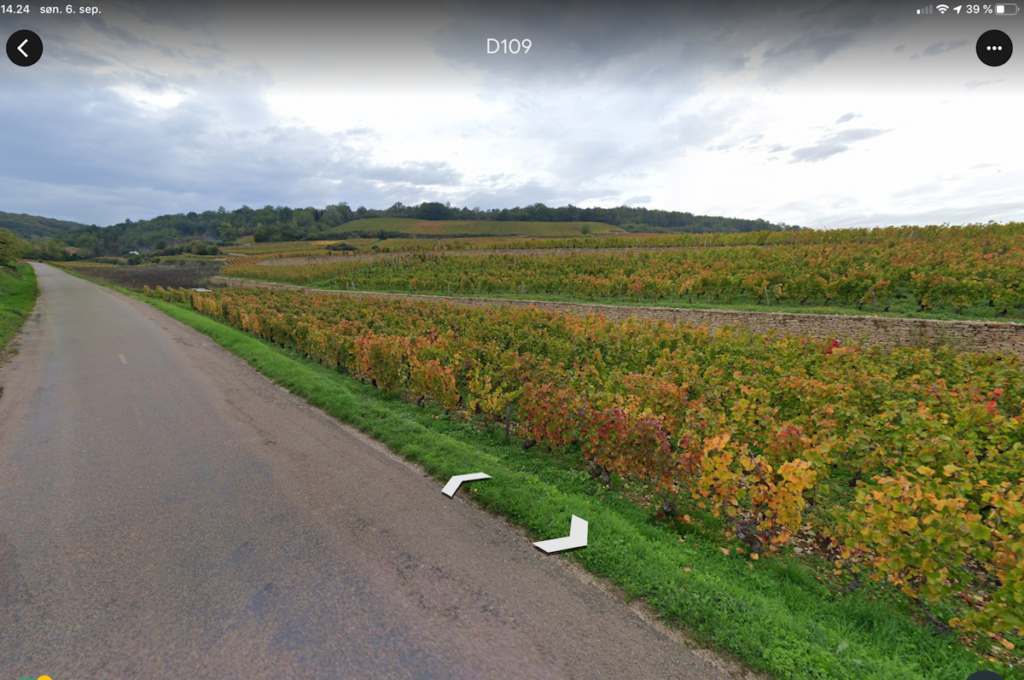
But looking at the vineyard south of the D109 (below), its slope is towards the north, hence less sun exposure.
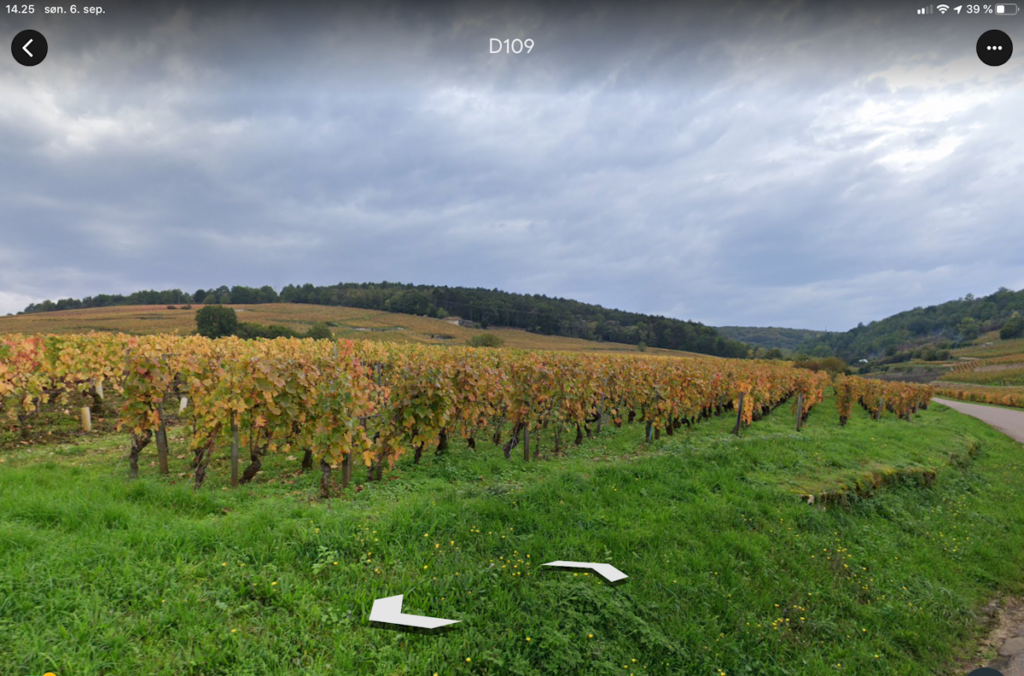
Having enough time for optimal ripeness
Canopy management, along with the orientation and location of the vineyard, and the age and type of vines (rootstock, clone, etc.) will influence ripening time.
Jean Chartron this year harvested his red Puligny Caillerets on August 14, while Jean-Louis Trapet harvested his Latricieres-Chambertin on September 7 – a full three weeks later.
Burgundy is always complex and mysterious, and sometimes optimal ripeness is not possible. But there are times when a combination of luck and skill can do the trick, maximising potential.

 - A true vin d’émotion – a Burgundy of passion
- A true vin d’émotion – a Burgundy of passion - A truly hedonistic wine – lively and enjoyable
- A truly hedonistic wine – lively and enjoyable - A vivacious wine for pure indulgance
- A vivacious wine for pure indulgance - A potential vin d´émotion - frais et léger
- A potential vin d´émotion - frais et léger
Leave a Reply
You must be logged in to post a comment.